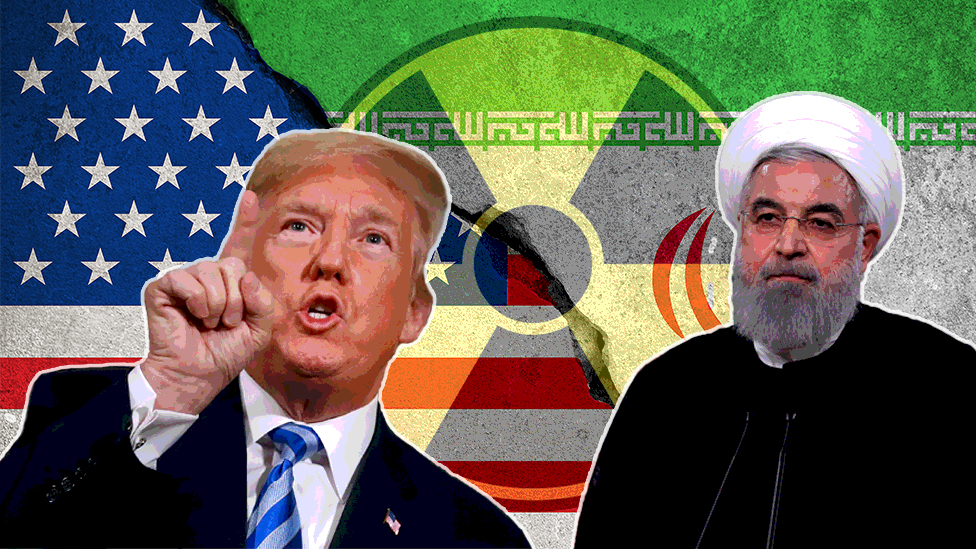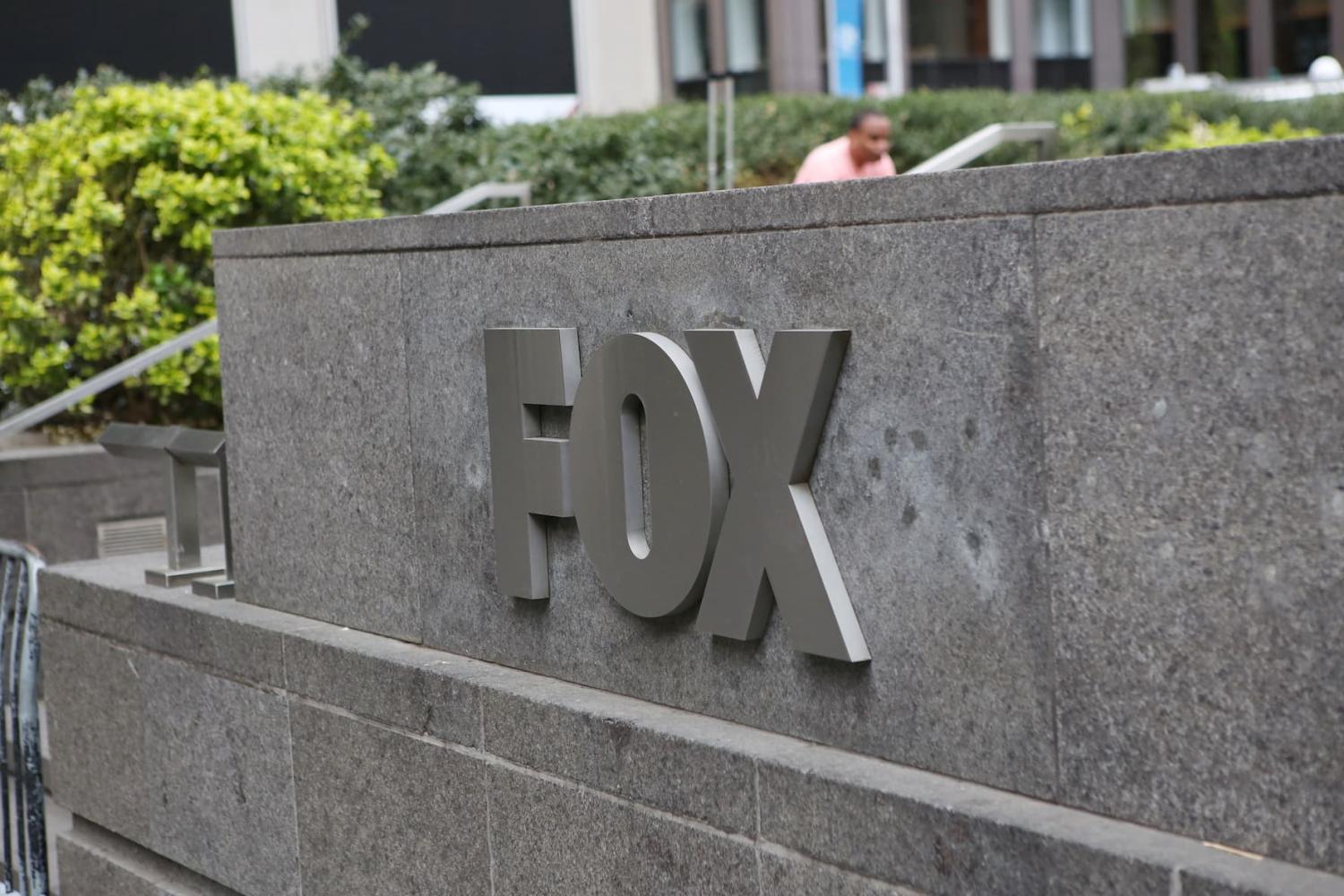The relationship between Iran and the USA is one of the most complex and evolving dynamics in international relations. Spanning decades, it has been shaped historical events, political changes, and cultural exchanges. In this article, we’ll delve into the roots of their interactions, significant recent developments, and the potential future of their relationship.
Historical Context
Early Interactions
Iran and the USA first established diplomatic ties in the 19th century, with mutual interests primarily in trade and oil. The early interactions were friendly, as both nations sought economic benefits https://wispotlight.com. The discovery of oil in Iran in the early 20th century marked a turning point, leading to a deeper economic relationship that laid the groundwork for future complications.
The 1979 Revolution
The 1979 Iranian Revolution was a seismic event that transformed the landscape of Iran-USA relations. The overthrow of the Shah, a US ally, led to the establishment of an Islamic Republic under Ayatollah Khomeini. This shift not only severed diplomatic ties but also led to the hostage crisis, where American diplomats were held for 444 days. This incident set a tone of hostility that has largely defined the relationship ever since.
Recent Developments
Nuclear Negotiations
Fast forward to the 21st century, and the Iran nuclear deal, formally known as the Joint Comprehensive Plan of Action (JCPOA), became a focal point of negotiations. Signed in 2015, this agreement aimed to curb Iran’s nuclear program in exchange for relief from economic sanctions. However, the US withdrawal from the deal in 2018 under President Trump reignited tensions and complicated the diplomatic landscape.
Sanctions and Their Impact
Economic sanctions imposed the US have significantly impacted Iran’s economy, leading to widespread inflation and hardship for ordinary Iranians. These sanctions have been a double-edged sword, aiming to pressure the Iranian government while also straining the relationship between the two nations further.
Regional Conflicts
Iran’s involvement in regional conflicts, particularly in Syria and Yemen, has exacerbated tensions with the USA. The US views Iran’s influence in these areas as a threat, while Iran sees its actions as a defense of its interests and allies. This cycle of suspicion and confrontation continues to shape their interactions.
Political Rhetoric
Presidential Policies
The approach towards Iran has varied significantly across different US administrations. President Obama sought diplomatic engagement, while President Trump opted for a hardline stance. The current administration’s policy direction continues to influence the trajectory of relations.
Media Representation
Media portrayal plays a crucial role in shaping public perception. Sensationalist headlines often amplify fears and stereotypes, which can further entrench divisions. Understanding how media narratives are constructed is essential for grasping the broader context of Iran-USA relations.
Cultural Exchanges
Academic Collaborations
Despite political tensions, cultural exchanges have persisted. Academic collaborations between universities in both countries have fostered mutual understanding. Programs focusing on language, history, and the arts have allowed scholars to connect, breaking down barriers created politics.
Art and Literature
Art and literature have always been powerful tools for connection. Iranian films, poetry, and visual arts have found audiences in the USA, showcasing a rich cultural heritage that often contradicts political narratives. These exchanges can foster empathy and challenge stereotypes.
The Future Outlook
Potential Areas for Cooperation
Looking ahead, there are potential areas for cooperation, such as climate change and public health. Both nations face significant challenges that require collaboration. Finding common ground could pave the way for a more constructive relationship.
Challenges Ahead
However, numerous obstacles remain. Deep-rooted mistrust, conflicting geopolitical interests, and internal political pressures in both countries complicate any potential thawing of relations. Navigating these challenges will require patience and innovative diplomacy.
Conclusion
In summary, the relationship between Iran and the USA is fraught with complexities and contradictions. Understanding its historical roots, recent developments, and future possibilities is essential for anyone interested in global politics. As the world evolves, so too might this relationship, revealing new opportunities for dialogue and cooperation. Only time will tell how these two nations will navigate their intertwined fates.



